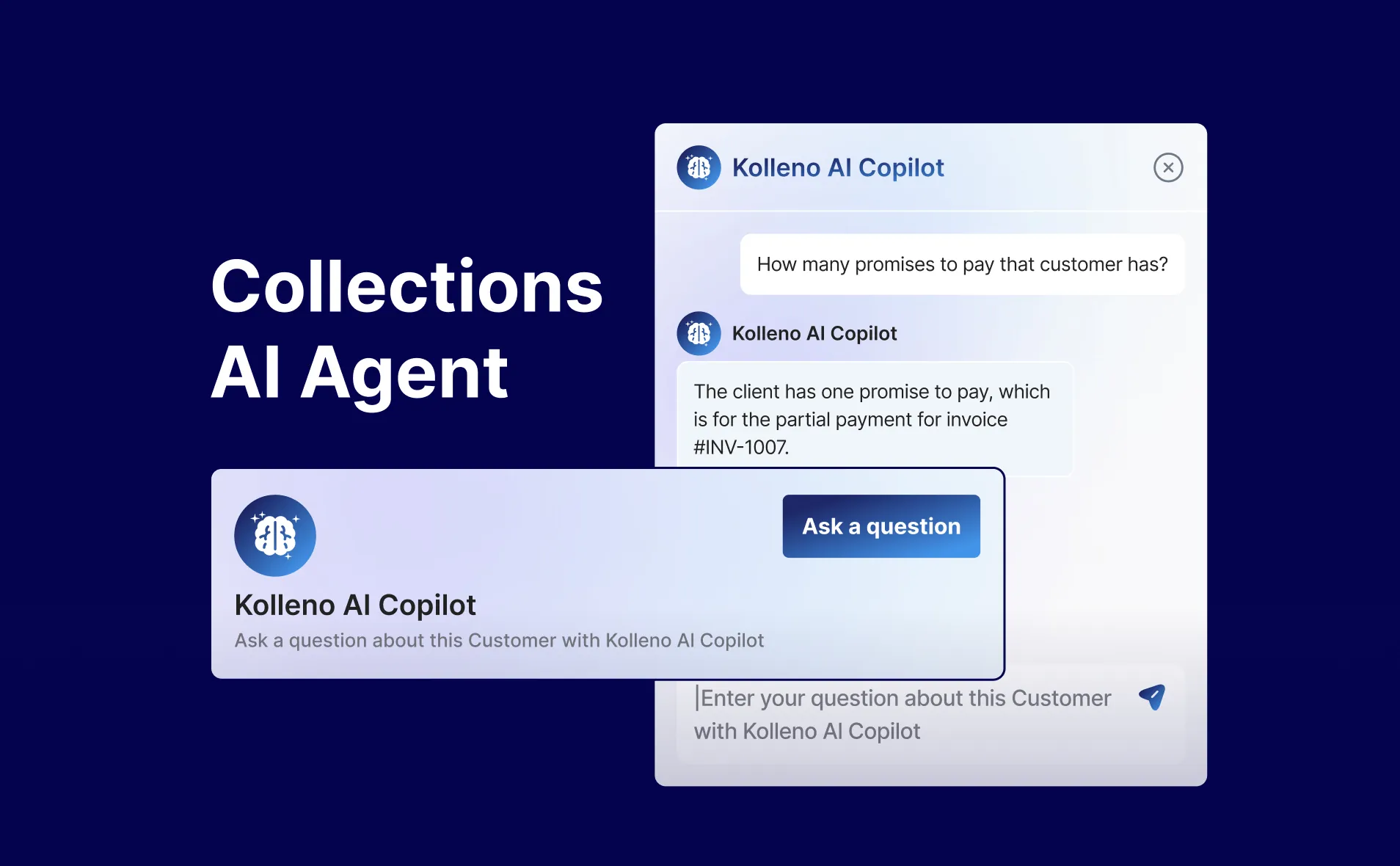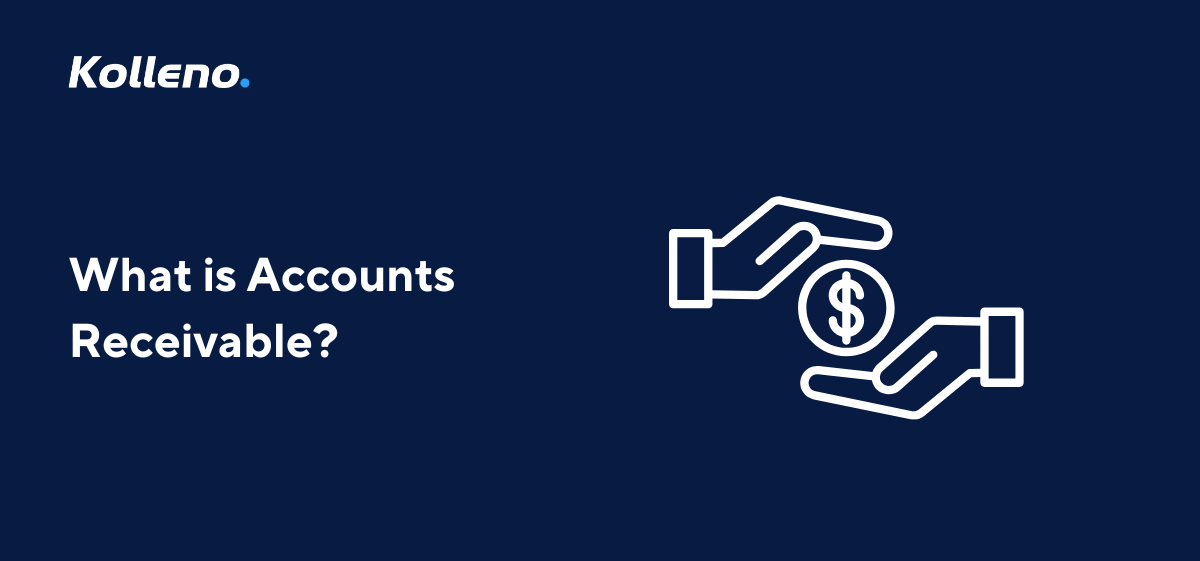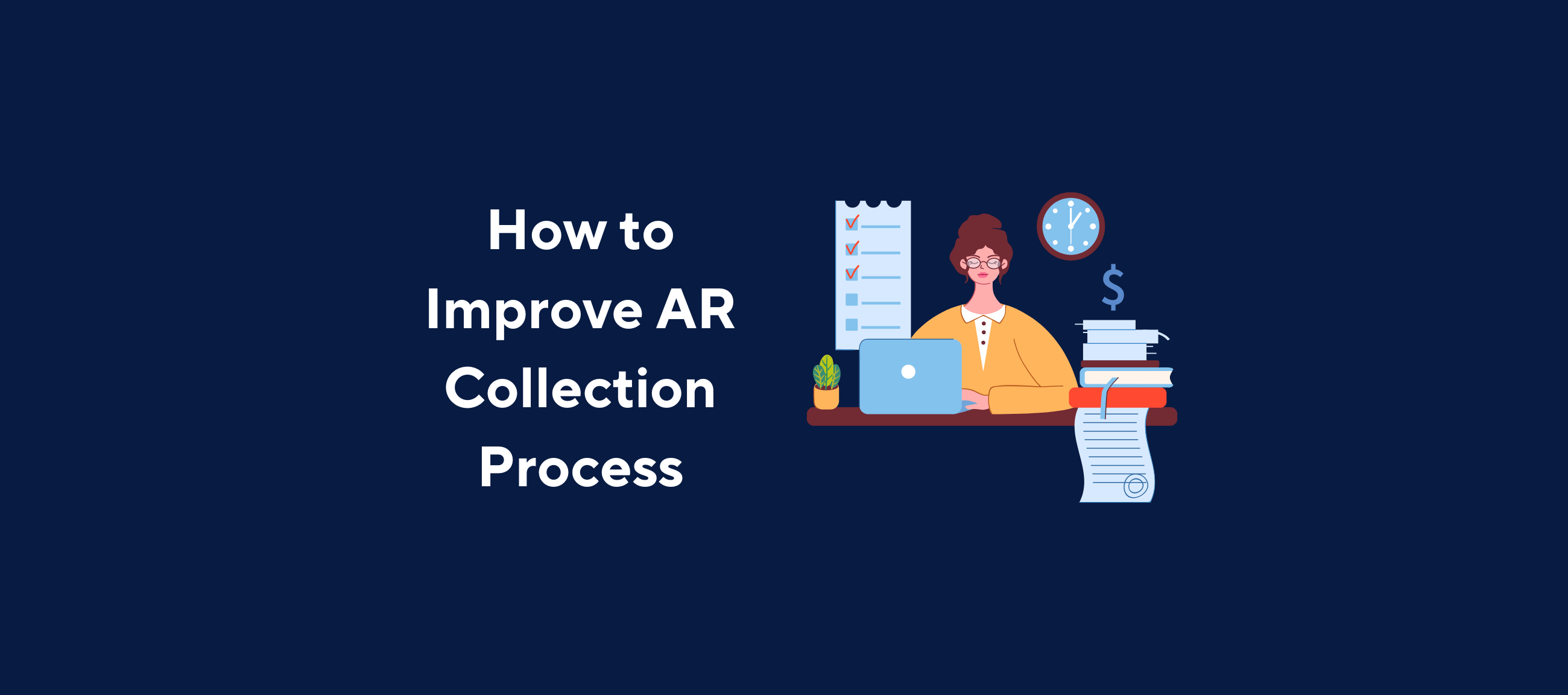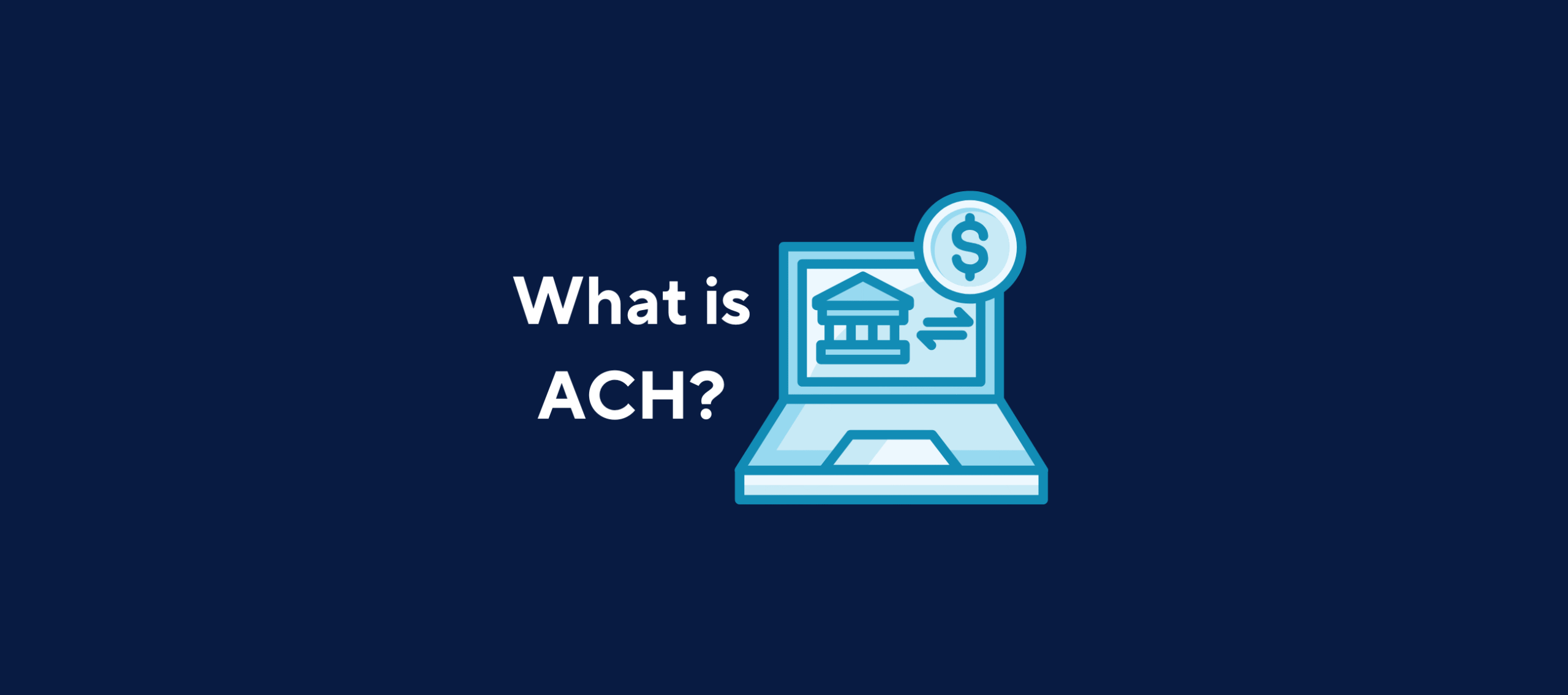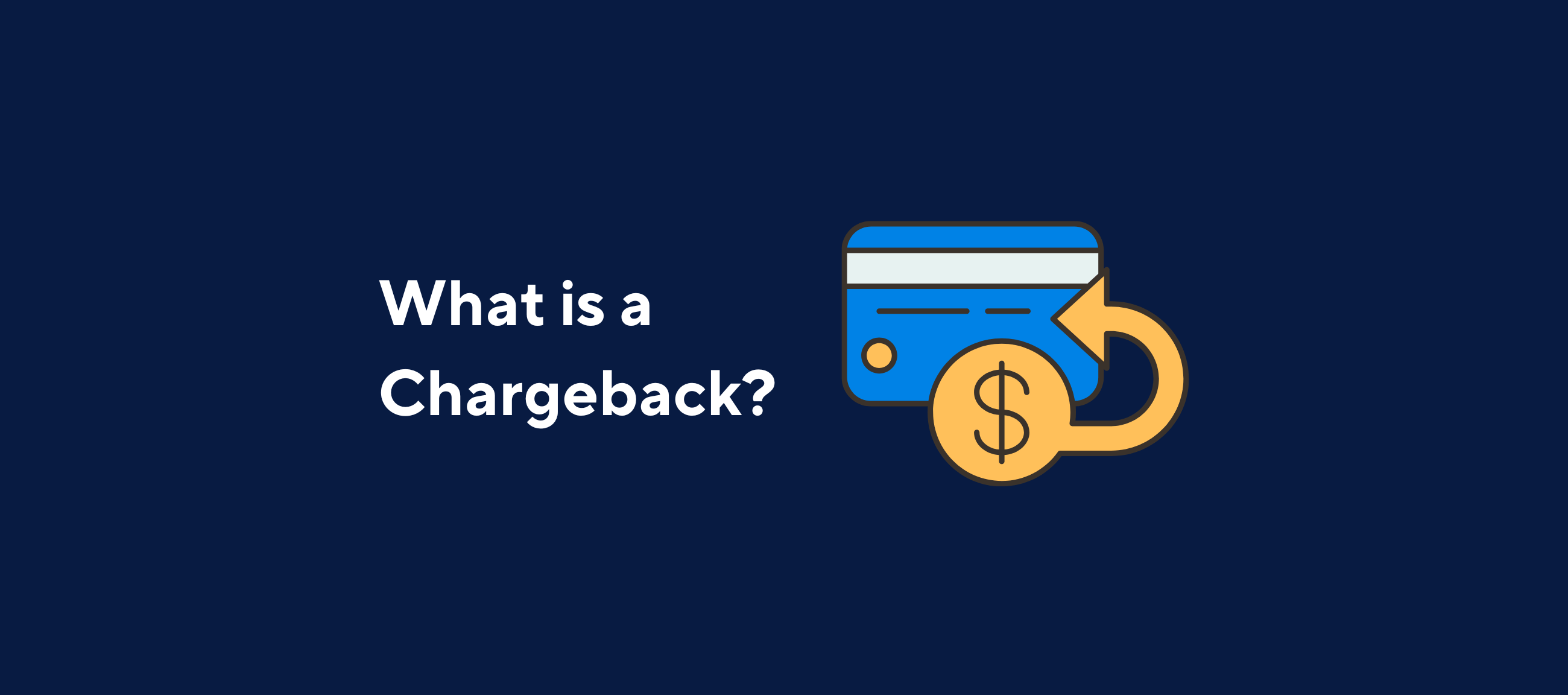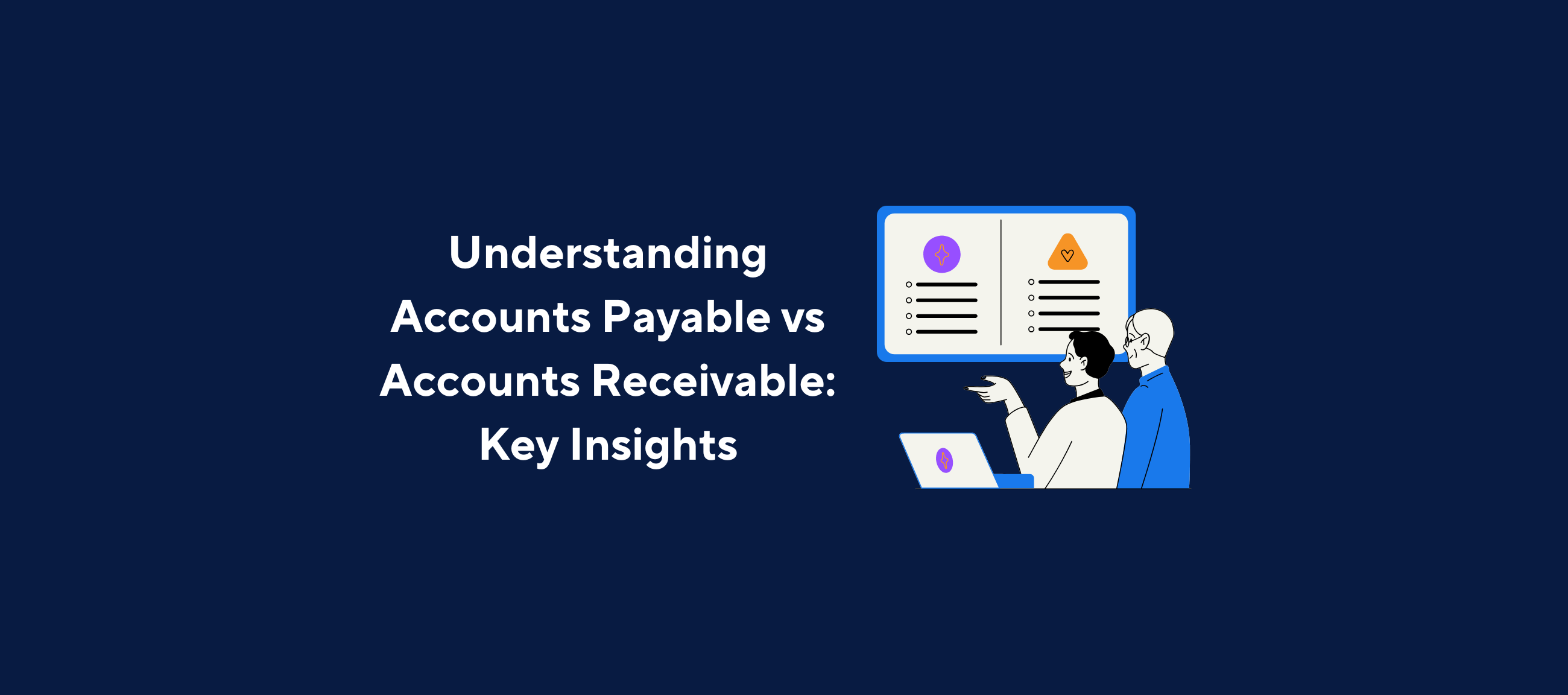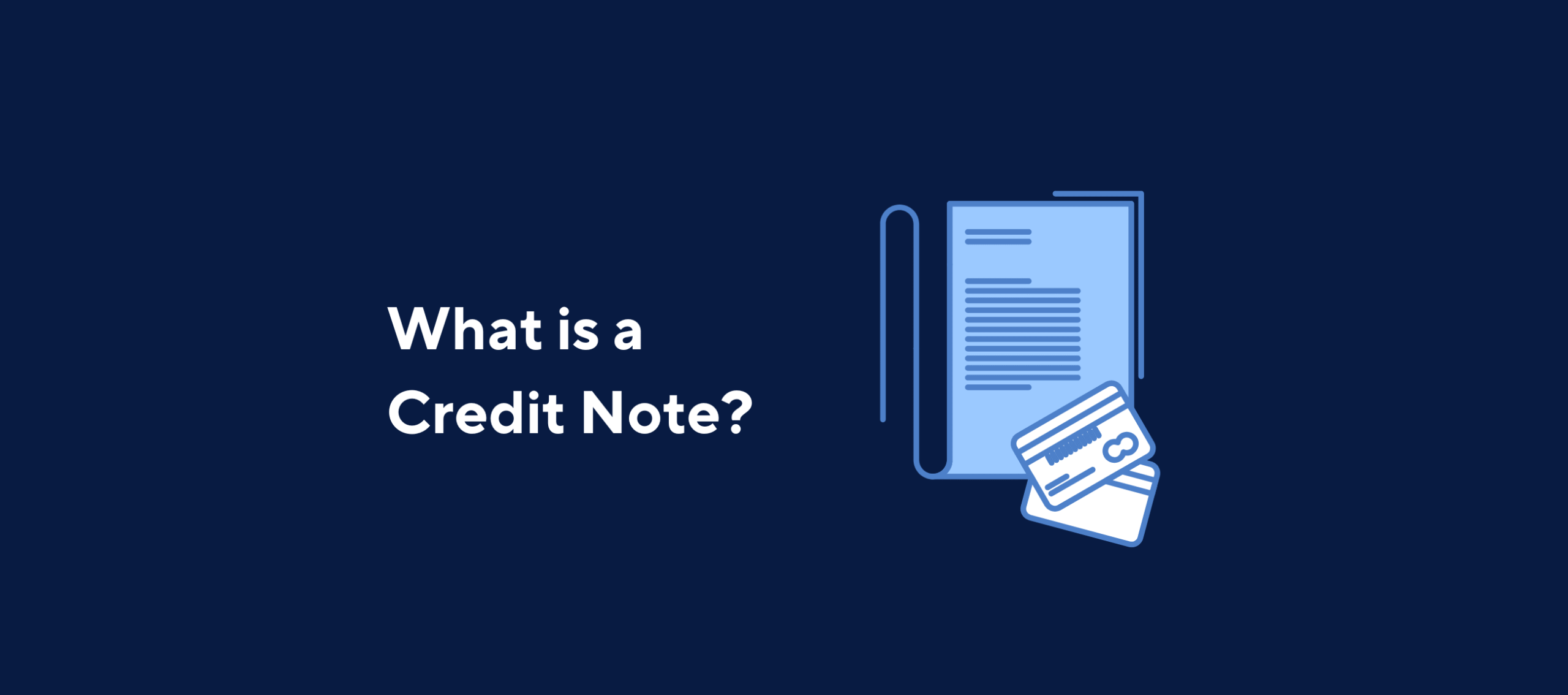Accounts receivable (AR) refers to the money your customers owe you. An invoice (or bill) is a part of your accounts receivable until it is settled (paid).
The term accounts receivable refers to both the money owed and the process of collecting it. Sending invoices, checking if they have been paid, chasing outstanding payments, and matching payments to invoices (also known as payments reconciliation) are all part of accounts receivable management. “Bills receivable” or simply “invoicing” are the other names used to describe the accounts receivable process.
What is the process of AR collection?
Accounts receivable collection is the process companies perform to collect what they’re owed from customers/clients. It’s the opposite of accounts payable, which is what companies need to pay suppliers.
Accounts receivable (AR) collection involves several key steps. The process begins with setting up a robust process for approving customer credit to minimise business risk. The next step is establishing clear contracts, payment terms, and credit terms with your clients. Once these are in place, invoices stating the amount due are issued and tracked. If necessary, businesses will initiate measures to collect overdue amounts.
The effectiveness of a business’s AR collection process may be determined by calculating its accounts receivable turnover ratio as well as the number of days sales outstanding (DSO). It’s important to note that a sound AR collection process doesn’t just retrieve unpaid invoices faster but also preserves good client relationships – a crucial aspect that’s often overlooked.
Why does it matter to stay in control of accounts receivable?
Having control over accounts receivables is crucial for any business’s financial health. If payments are systemically late, it can lead to cash flow issues, hindering the company’s ability to meet operational expenses, invest in growth opportunities, or handle unexpected costs.
Effective AR management also improves customer relationships. By using automation-based tools to monitor payment behaviours and addressing issues promptly, companies can communicate more effectively with customers and prevent future payment delays.
Lastly, a well-managed AR process can provide valuable insights into the company’s financial performance and customer behaviour, helping with informed decision-making and planning.
What are accounts receivable ageing days?
If an invoice has not been paid by the due date, it starts ageing. That means you need to keep track of how many days have passed since the invoice was due. For example, if the bill was due 6 days ago, it has an age of 6 days.
What is an aging report?
An accounts receivable ageing report is a record that shows all the unpaid invoices in order of increasing lateness. This report helps you see all the past-due invoices, and quickly identify those which have been outstanding the longest.
As a rule of thumb, the longer an invoice remains unpaid, the less likely it is to be settled. Therefore, you should regularly update your ageing report and act upon overdue bills promptly.
Think carefully about what steps you will take to recover outstanding invoices as they age. Will you send an email on day 1? Will you send a text message on day 3? What tone of voice will you use? What steps will you take if an invoice is over 10 days overdue?
Check out this blog to learn more about how to write a past-due invoice email.
Are accounts receivable an asset?
Accounts receivable is money owed to a business and as such, is classified as an asset on the balance sheet. Recognising their potential value, some companies specialise in buying unpaid invoices from other businesses. When these invoices are settled, they are no longer an asset, as they become equity (or simply cash). Alternatively, if payment never comes through, the business will be able to write it off as a bad debt.
Is it possible to sell your invoices?
Invoices represent the amount of money a client owes you. You can transfer the ownership of that money to another party, like a collection agency, enabling them to collect the due amount on your behalf. Certain financial institutions provide a service where they purchase these invoices from businesses that cannot afford to wait for the customer’s payment. This practice is known as accounts receivable financing, invoice financing, or invoice factoring. These companies, however, understand that the likelihood of a successful payment decreases with the age of the invoice. Hence, it is unlikely they will be willing to purchase significantly overdue invoices.
What is invoice financing?
Certain financial institutions might offer to advance you up to 90% of an invoice’s total value if you sign it over to them. This provides a way to access funds without waiting for the client to clear the payment.
Upon the customer’s payment of the invoice, the finance company will disburse the remaining balance to you. However, you will not receive the invoice’s entire amount as the finance company deducts its service charges. Moreover, these companies typically avoid purchasing significantly overdue invoices.
Always consult with your accountant or financial counsellor before opting for such services. Invoice financing might be an effective short-term tactic to gain working capital, but it’s not an ideal long-term strategy.
What are bad debts?
Bad debt refers to accounts receivable that are no longer considered collectable. This often occurs when the debtor has gone into bankruptcy or there are other financial challenges that make it highly unlikely for the debt to be paid. Recognising bad debts is essential for two main reasons:
1. Financial Accuracy: Accounting for bad debts ensures that financial statements, like a company’s balance sheets or a company’s accounts, provide a realistic view of its expected income. Overstating receivables can mislead stakeholders regarding the company’s financial health and profitability.
2. Tax Implications: Income from invoices may have been reported as taxable income, but if these invoices become uncollectible, it is important to adjust for this to avoid paying tax on income that will never be received. Writing off bad debts allows businesses to claim back the tax paid on these uncollectible amounts.
In essence, when it becomes evident that certain invoices or accounts receivable are unlikely to be paid, they should be classified as bad debts in the accounting records to ensure accurate and fair financial reporting.
When should you write off a bad debt?
The appropriate time to write off bad debt varies based on specific circumstances, but as a general rule, it should be written off when the likelihood of collection is minimal or nonexistent. This might occur under the following scenarios:
1. Insolvency of the Debtor: If your customer has declared bankruptcy or is facing severe financial distress, the prospects of collecting the debt become small.
2. Prolonged Disputes: Sometimes, disputes over goods or services can lead to prolonged legal battles. If it becomes clear that the resolution of such disputes is distant or unlikely, consider writing off the debt.
3. Consistent Non-Response: If a debtor constantly ignores your reminders, communications, or any attempts to negotiate, it might be a sign that they have no intention of paying.
While the specific timeline for writing off bad debt can vary, often ranging from 6 months to 18 months, it is essential to continuously evaluate the viability of collecting the amount owed. It is also crucial to remember that writing off a bad debt for accounting purposes does not mean you relinquish your rights to collect the debt. Even after the write-off, continue your collection efforts or send periodic reminders. Should the debtor eventually settle the account, the recovered amount can be reported as income in the subsequent accounting period.
How to manage accounts receivable effectively?
Accounts receivable represent the money owed to your business, and effective management of this asset is crucial to maintaining cash flow and ensuring the financial health of your company. When payments are consistently delayed, it strains business operations, potentially leading to challenges in covering operational costs like paying suppliers or employees. Such financial constraints are a significant factor in business failures.
To manage receivables effectively:
1. Value Your Invoices: Recognise that your invoices are not just papers or digital documents; they are tangible assets. As such, they should be managed with care and diligence.
2. Implement an Effective AR Process: Establish a structured accounts receivable procedure that enhances the likelihood of timely payments. From setting clear payment terms, to following up diligently, to monitoring your accounting software closley, every step counts.
3. Use Technology: Modern accounts receivable software can automate collections and reconciliations and save your team hours of manual work.
4. Stay Proactive: Do not wait for issues to arise. Monitor your accounts regularly, promptly address overdue accounts, and consider offering incentives for early payments
5. Educate Yourself: Continual learning is the key. Dive deeper into best accounts receivable practices by accessing resources that can guide you.
A proactive approach to managing accounts receivable can make all the difference in sustaining your company’s growth and stability, especially if you’re a small business that needs to maintain vital liquidity.
- What is the process of AR collection?
- Why does it matter to stay in control of accounts receivable?
- What are accounts receivable ageing days?
- What is an aging report?
- Are accounts receivable an asset?
- Is it possible to sell your invoices?
- What is invoice financing?
- What are bad debts?
- When should you write off a bad debt?
- How to manage accounts receivable effectively?
